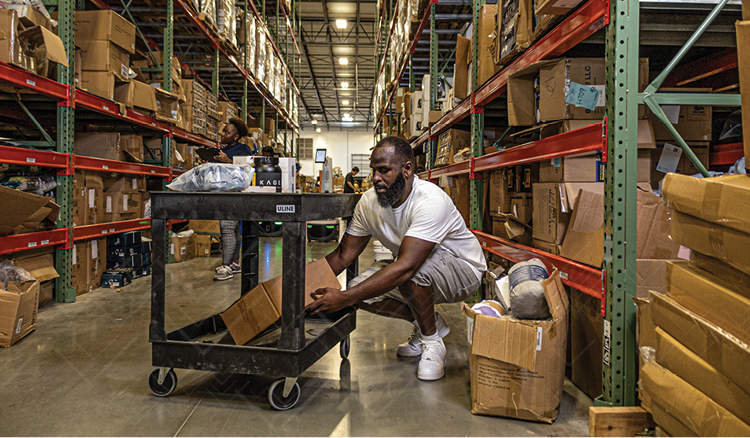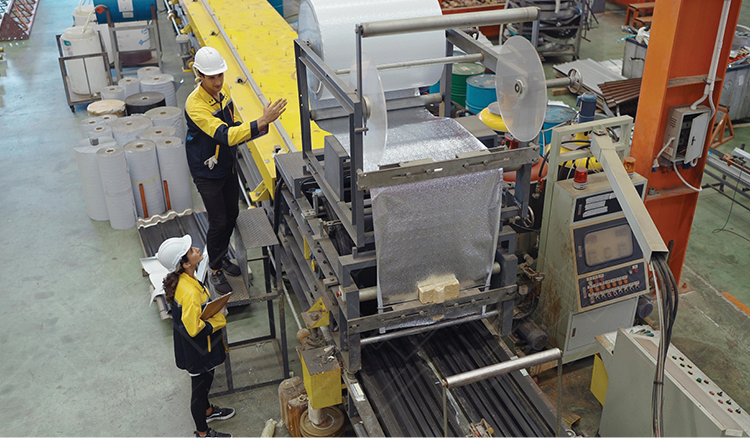An Evolving Workforce

Manufacturing technology and the impact on human capital
In an interview with Strategy+Business, Joe Kaiser, CEO of Siemens, commented on the future of the manufacturing workforce saying that "remaining human resources will need different skills than workers used to have... People will still be in the factory, but they will be doing different work than they used to. Reskilling workers is a lot of hassle."
Mr. Kaiser was referring to the effect of new developments in manufacturing, often described as Industry 4.0, Digital Manufacturing, or IoT for Manufacturing, and how businesses will need to adopt human resources strategies accordingly. Technology will continue to enable businesses with better tools and intelligence to meet more demanding customer needs, and labor will need to have a complementary level of flexibility.
Opportunity to change the equation
At Veryable, we see this not as a threat, but as a major opportunity for the manufacturing workforce as a whole. Embedded intelligence into the production process means shorter training periods for workers, more dynamic work experience, and potentially more options for workers. Plants and warehouses will still need people to operate them. This opens up the door for on-demand labor, where temporary staffing becomes the new normal versus the exception, and the worker is no longer held hostage to a single trained skill, a single plant, or a single company.
The on-demand labor opportunity
On-demand labor for manufacturing will give workers the freedom to choose where to work, how much, and when. Workers using Veryable can essentially create their own personal value propositions based on the type of work offered, proximity to their homes, how much the operations will pay them, etc. Considering the changing demographics of the labor market, we believe this model appeals more to today's workforce that places a high premium on choice, variety, and work-life balance.
The fact of the matter is that the manufacturing sector needs new generations of workers and new generations need manufacturing to rebuild a strong middle class. This is the right time for an on-demand labor model for manufacturing and we believe that there is a tremendous amount of potential imbedded in the labor market that needs to be channeled back into this sector.
Start your journey into the flexible future of work by learning what on-demand labor is.
Previous Posts
How Policy Constraints, Not Just Production Bottlenecks, Threaten Your Bottom Line
The Future of Manufacturing and Logistics
Create a free business profile today to explore our platform.





